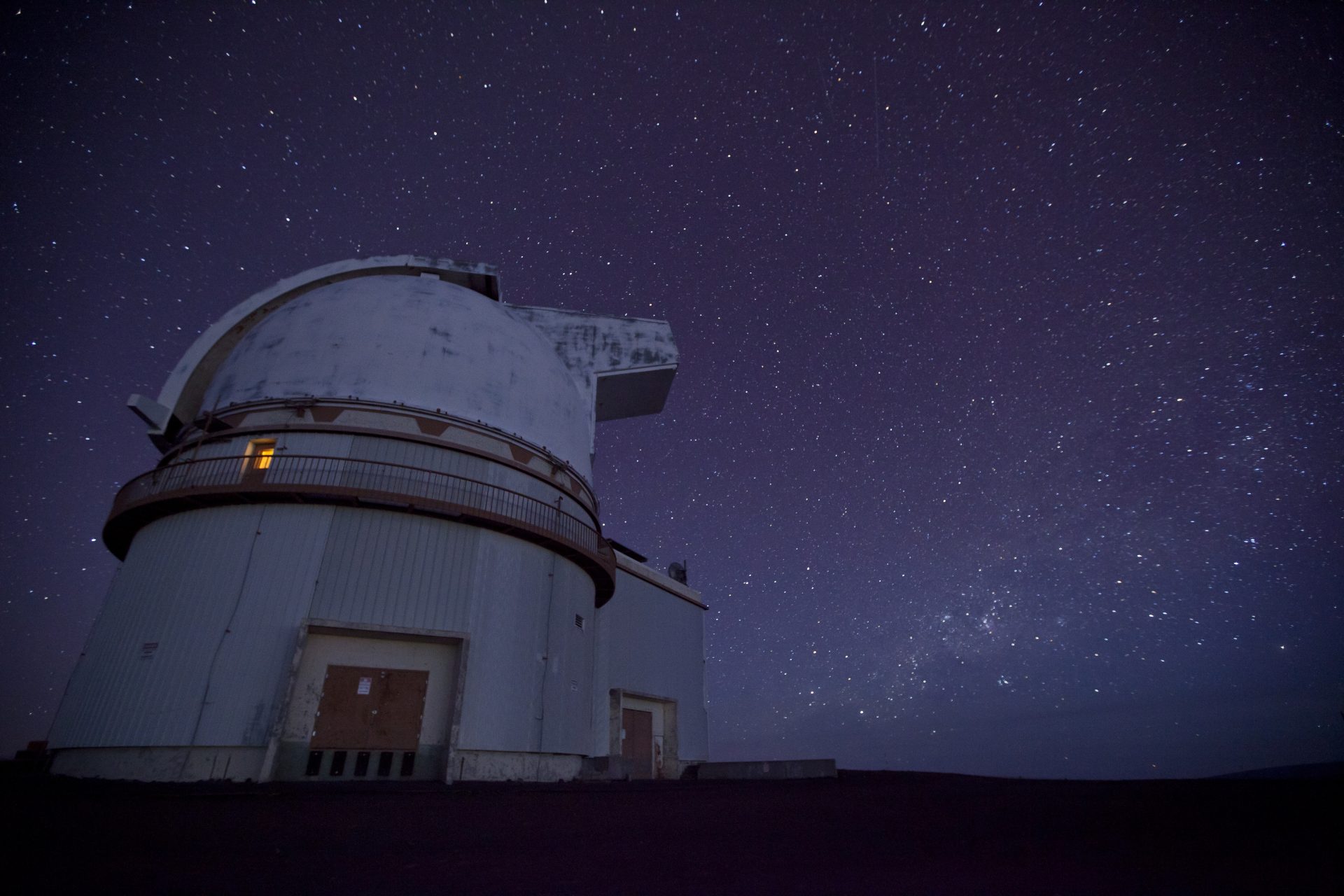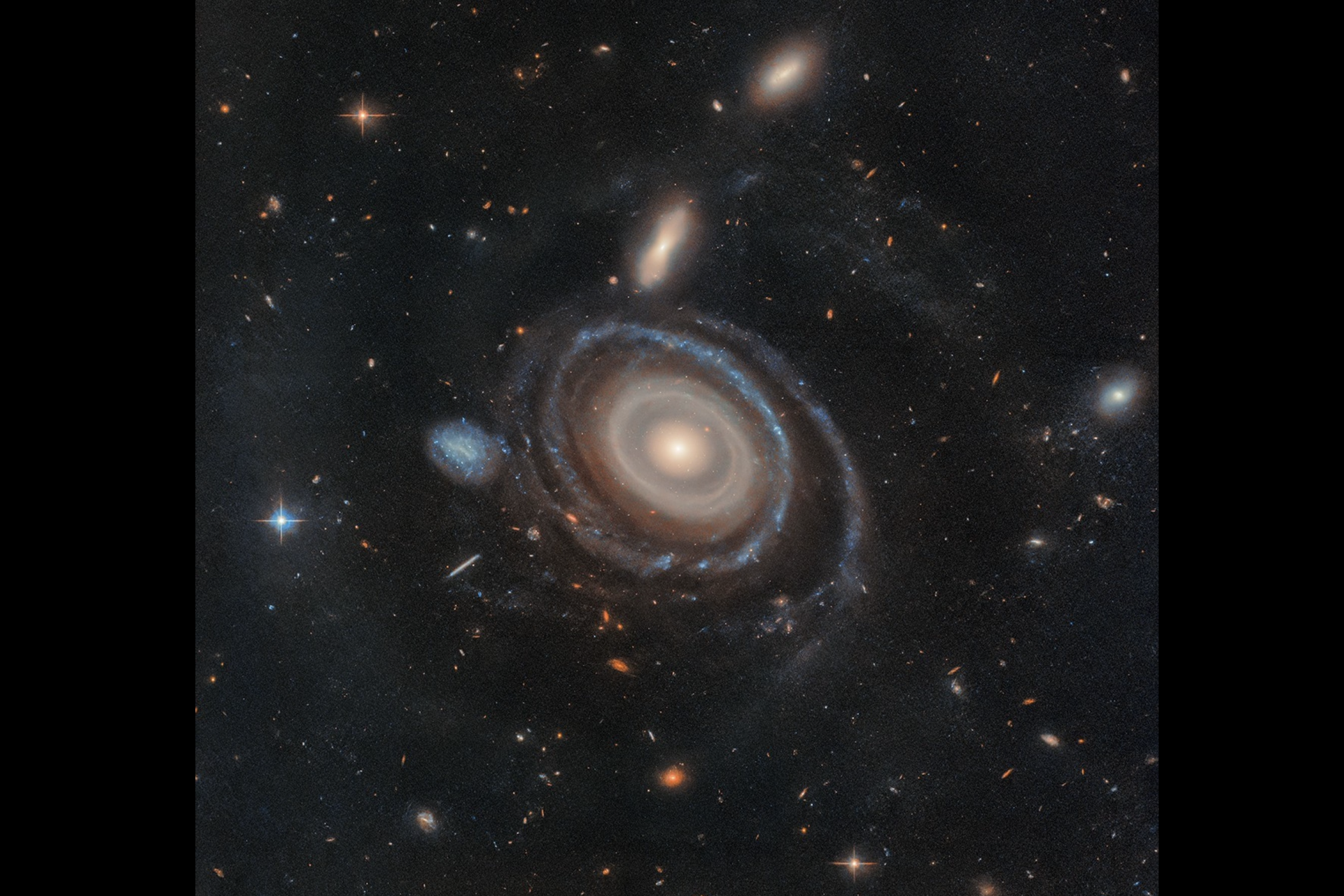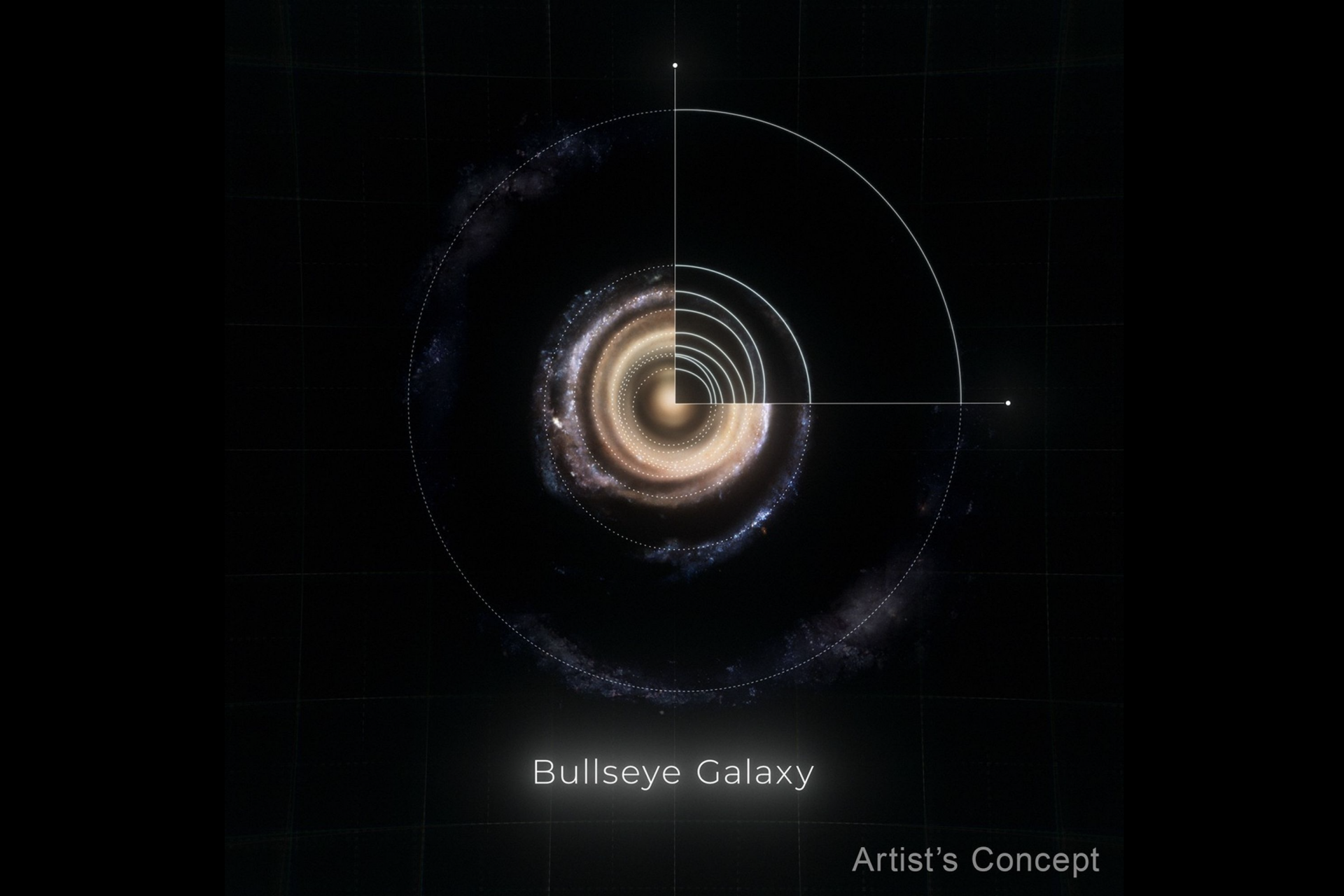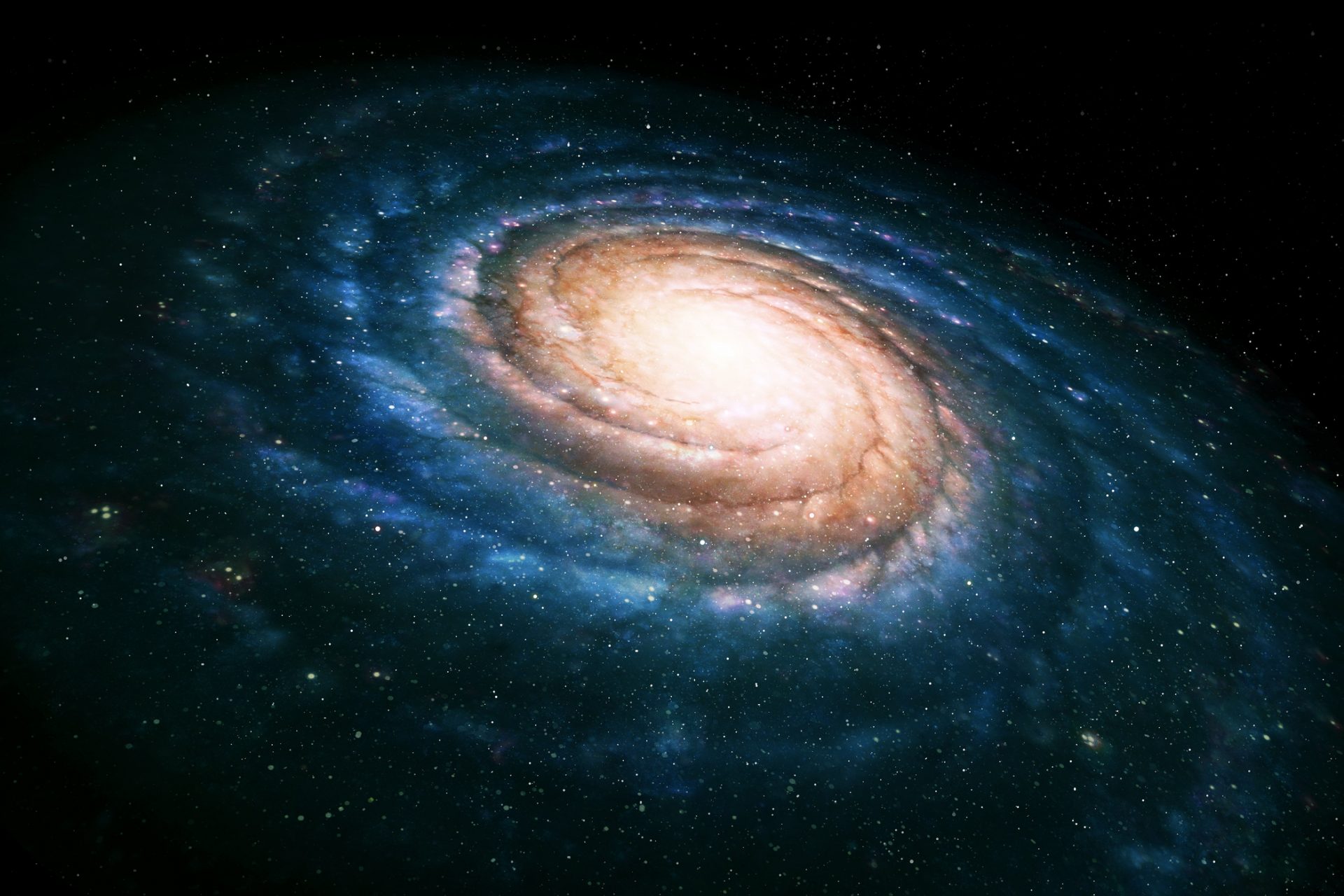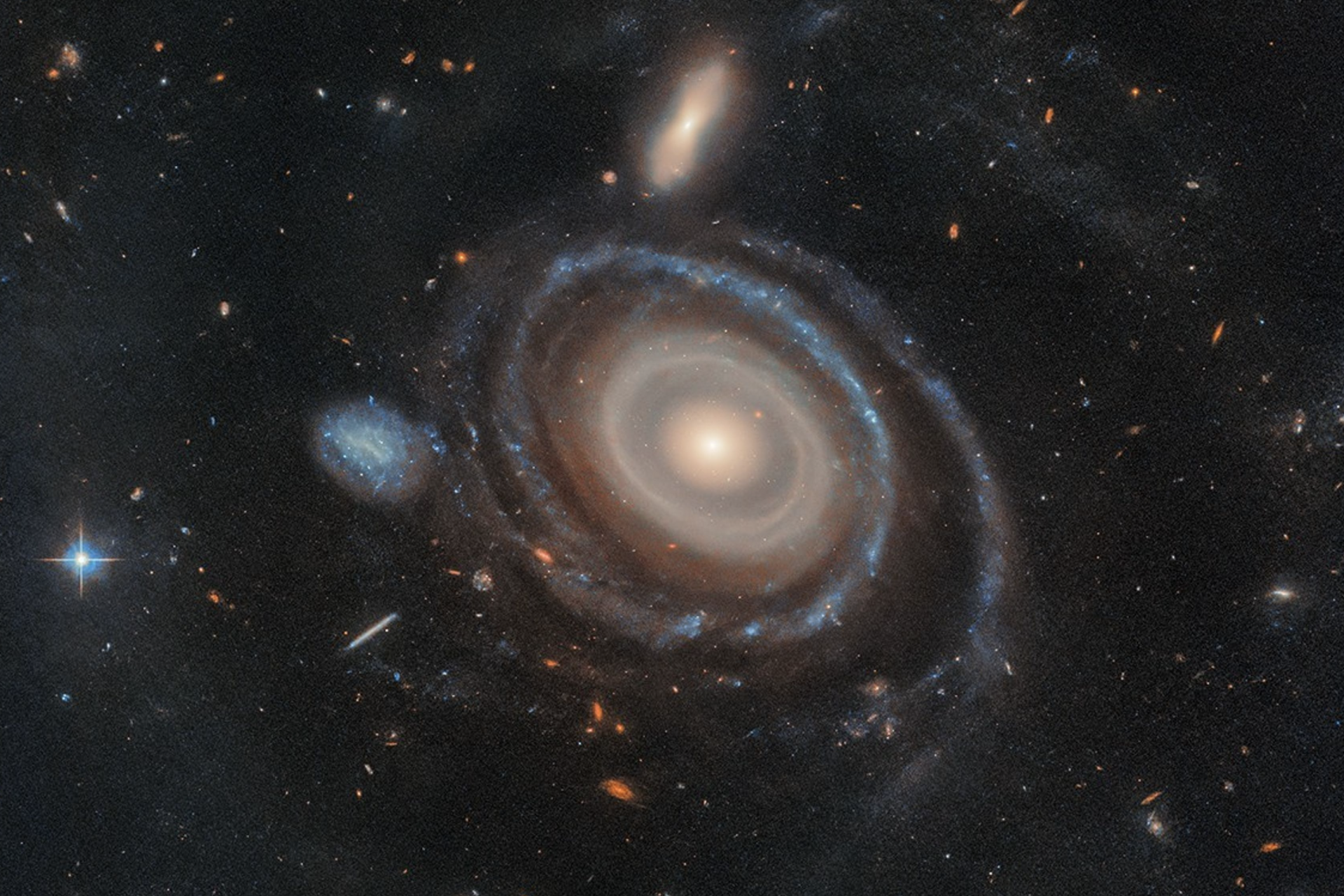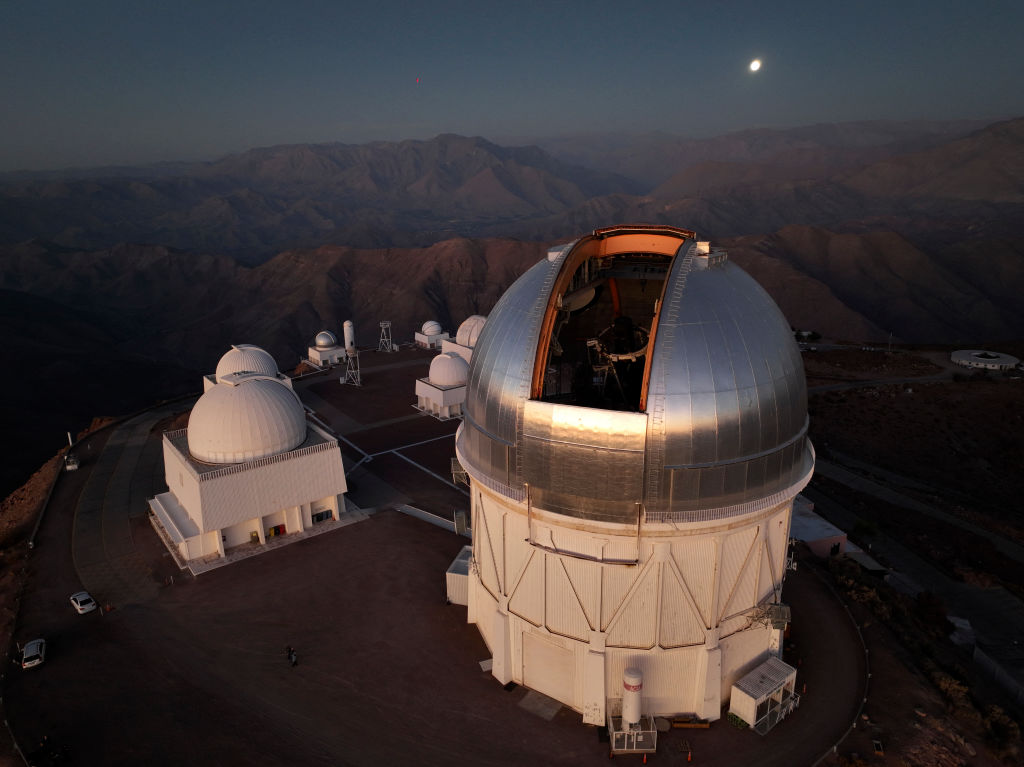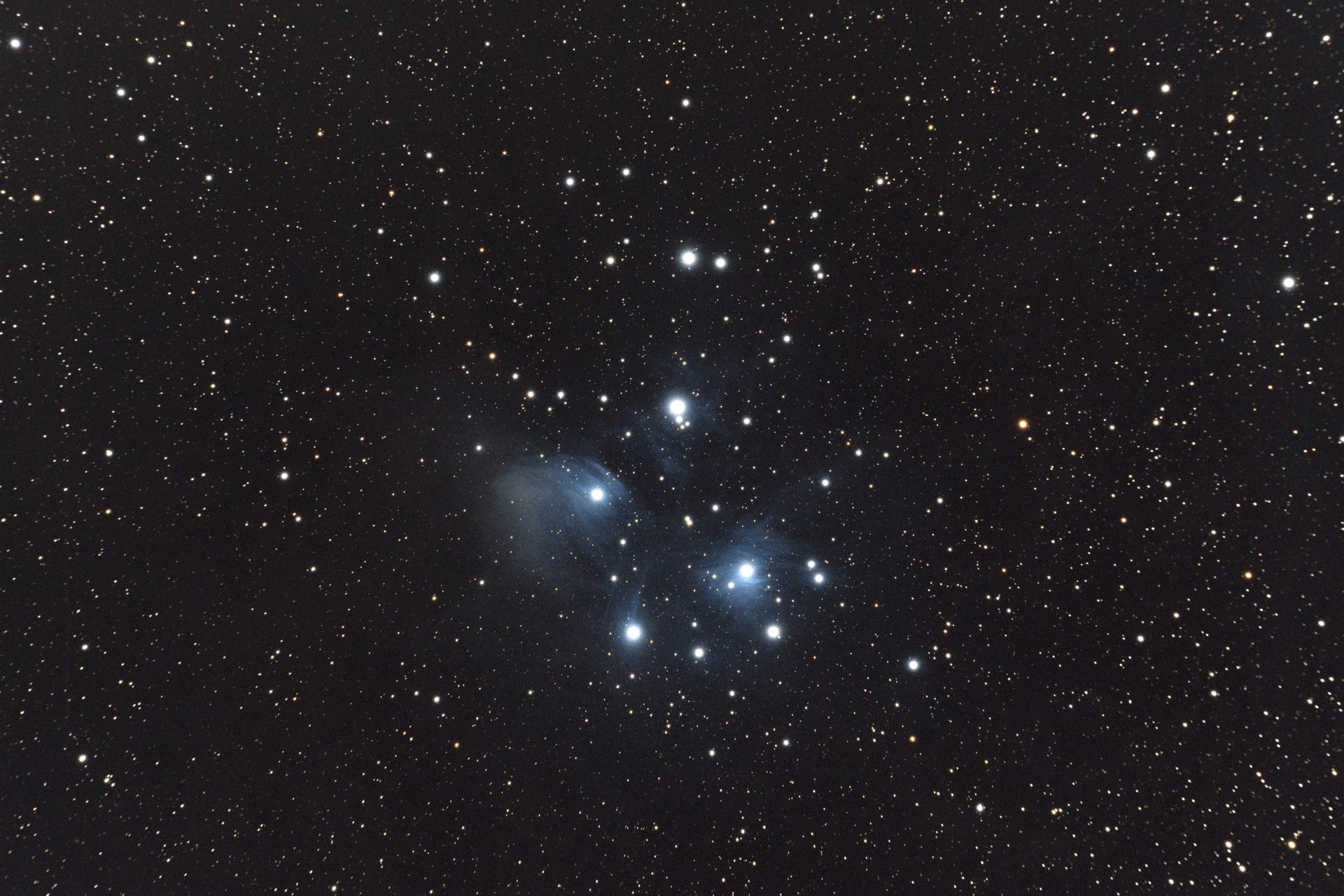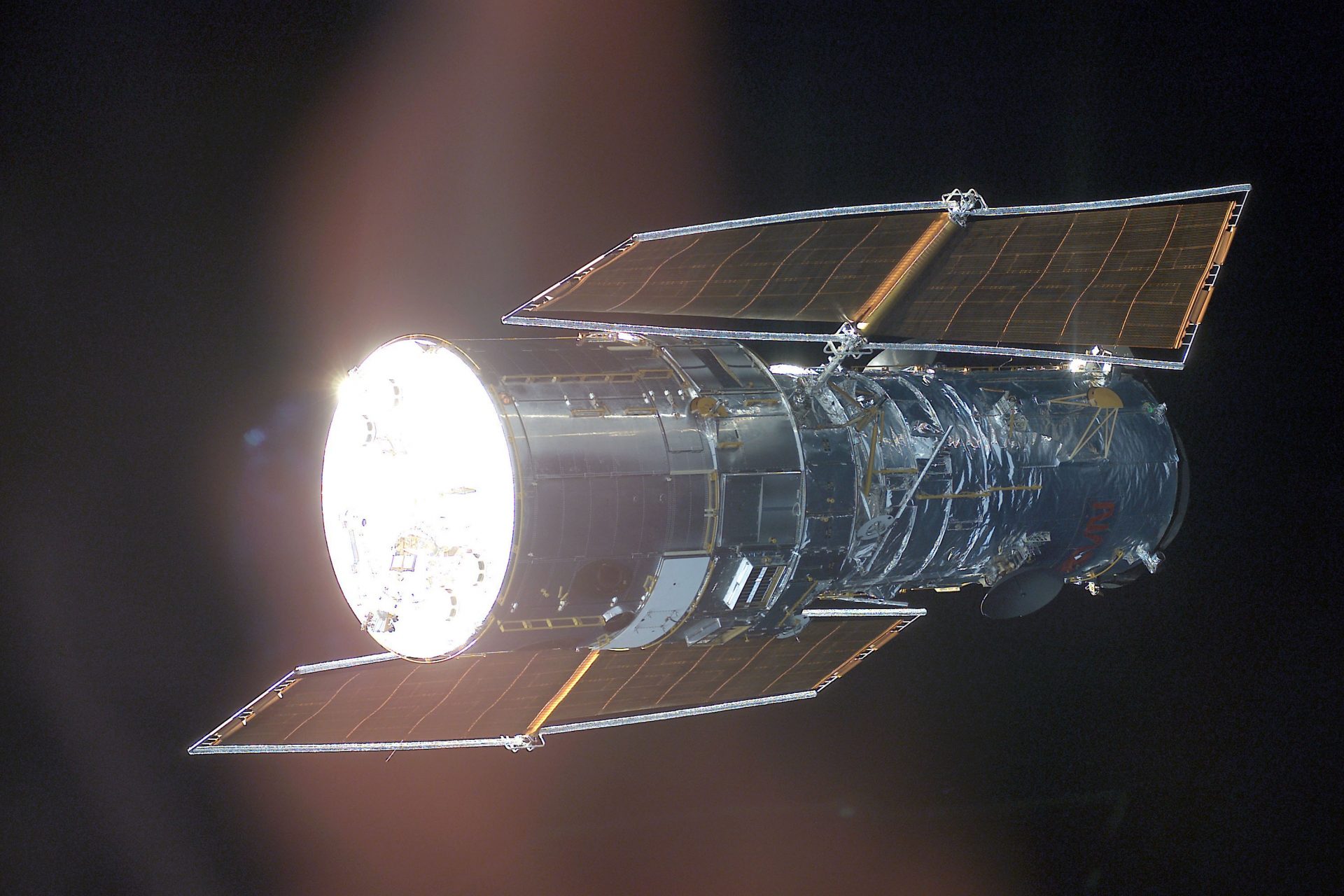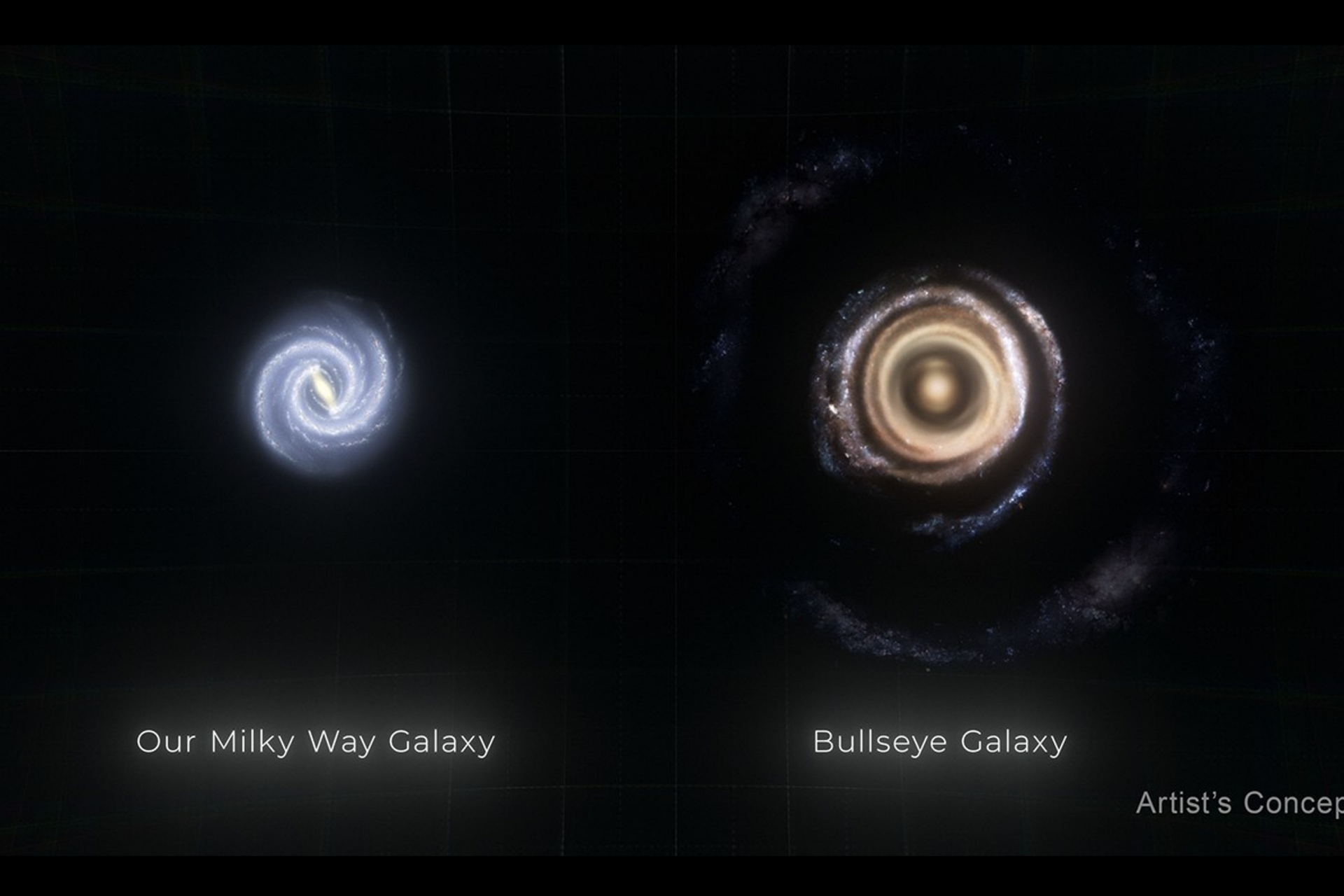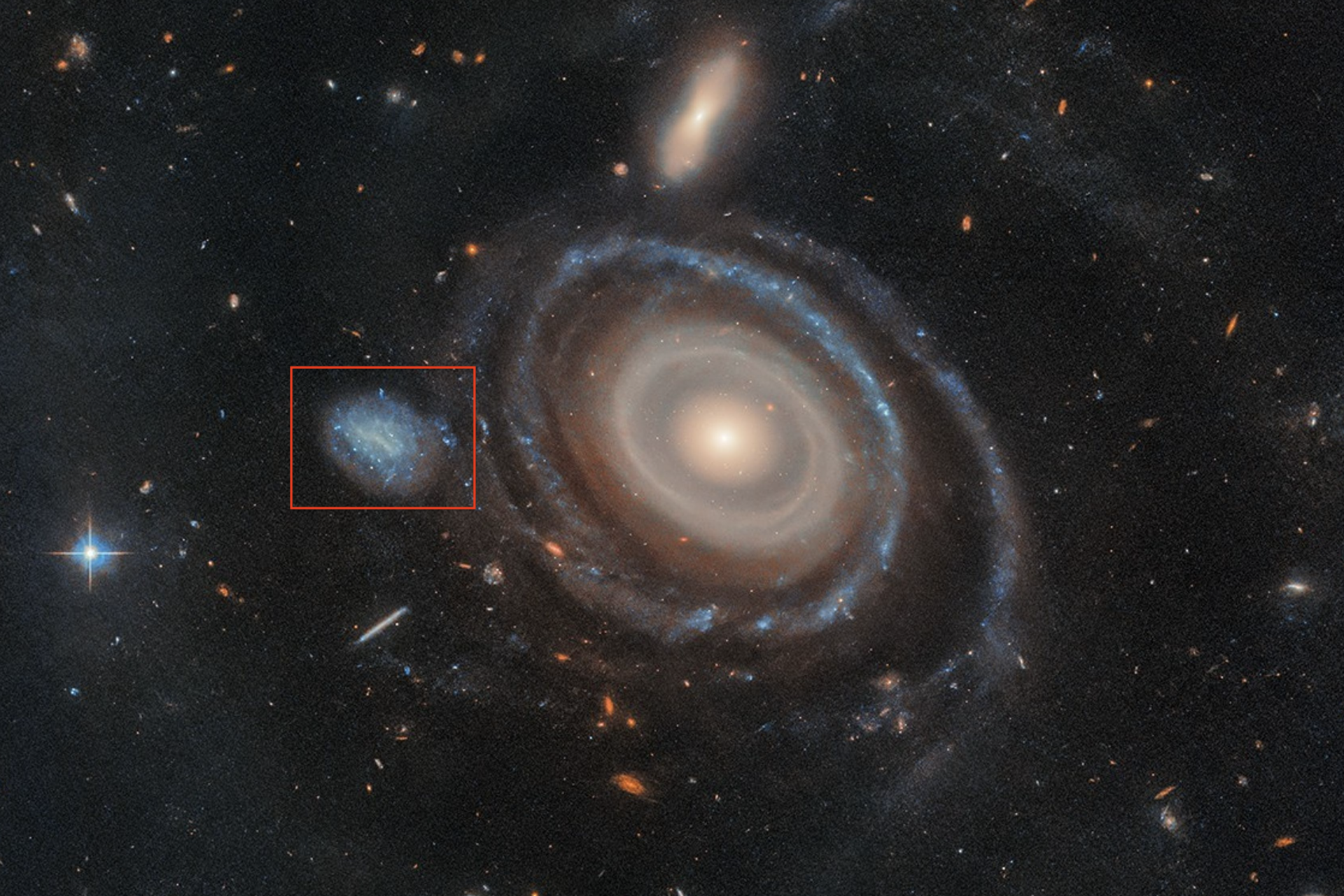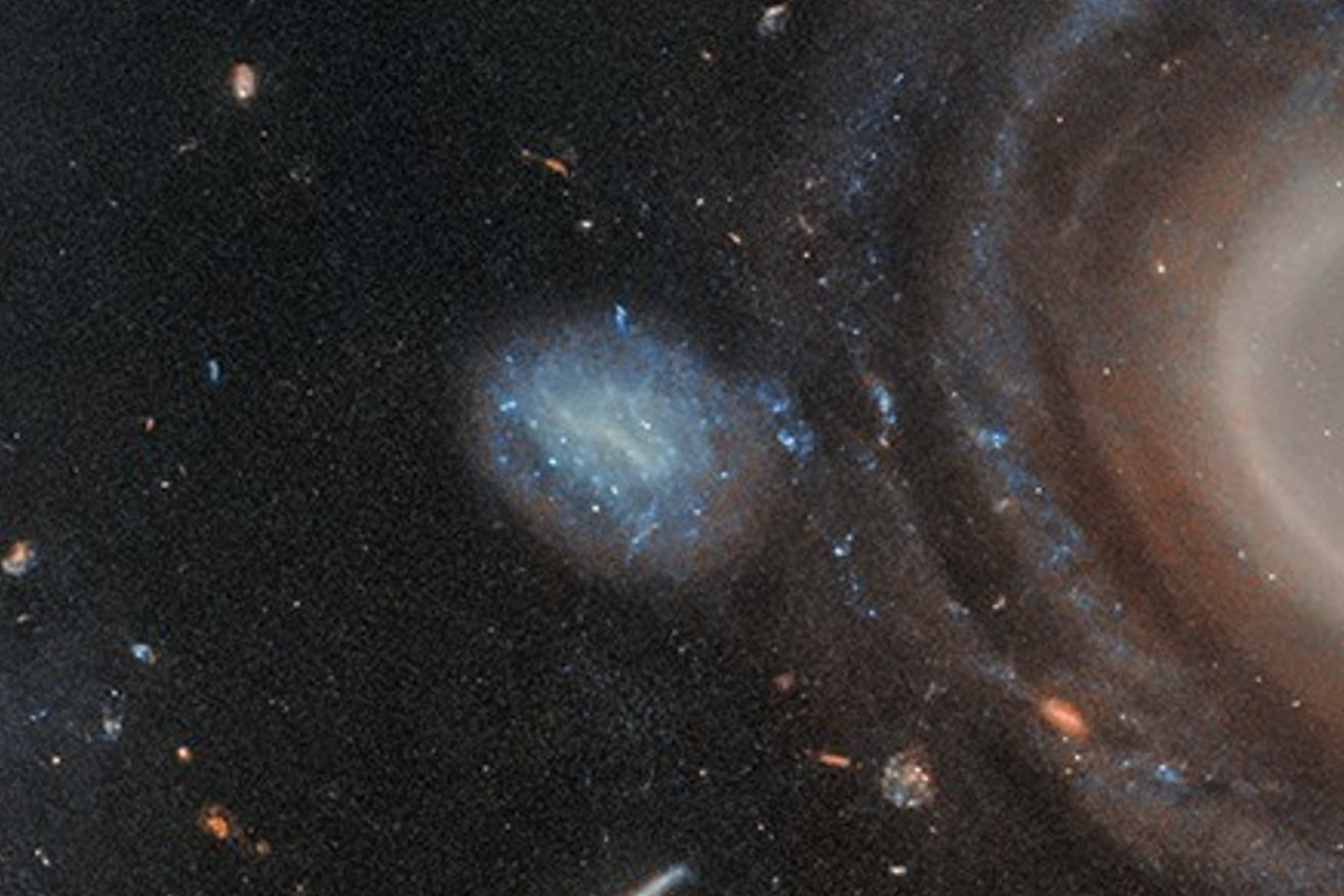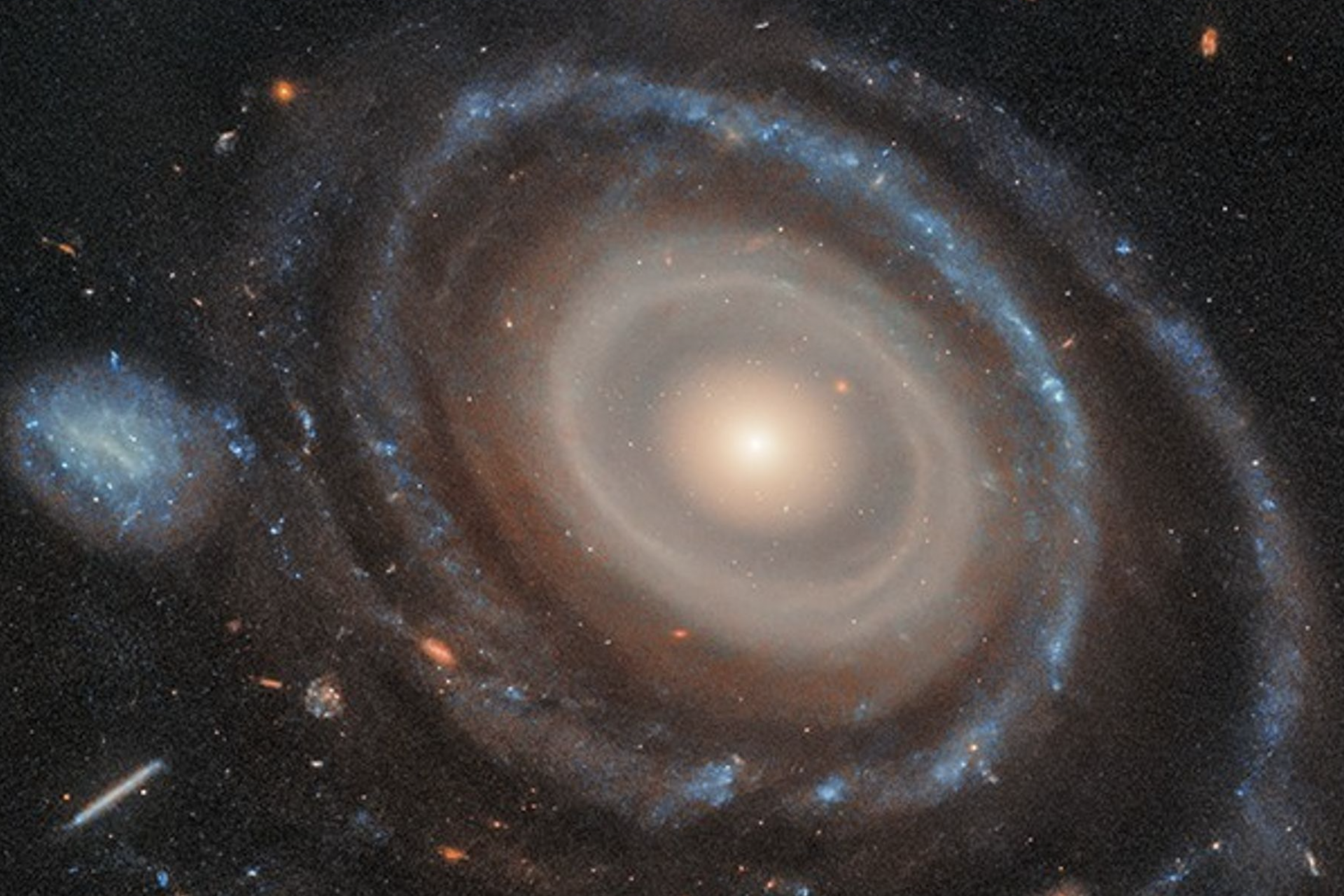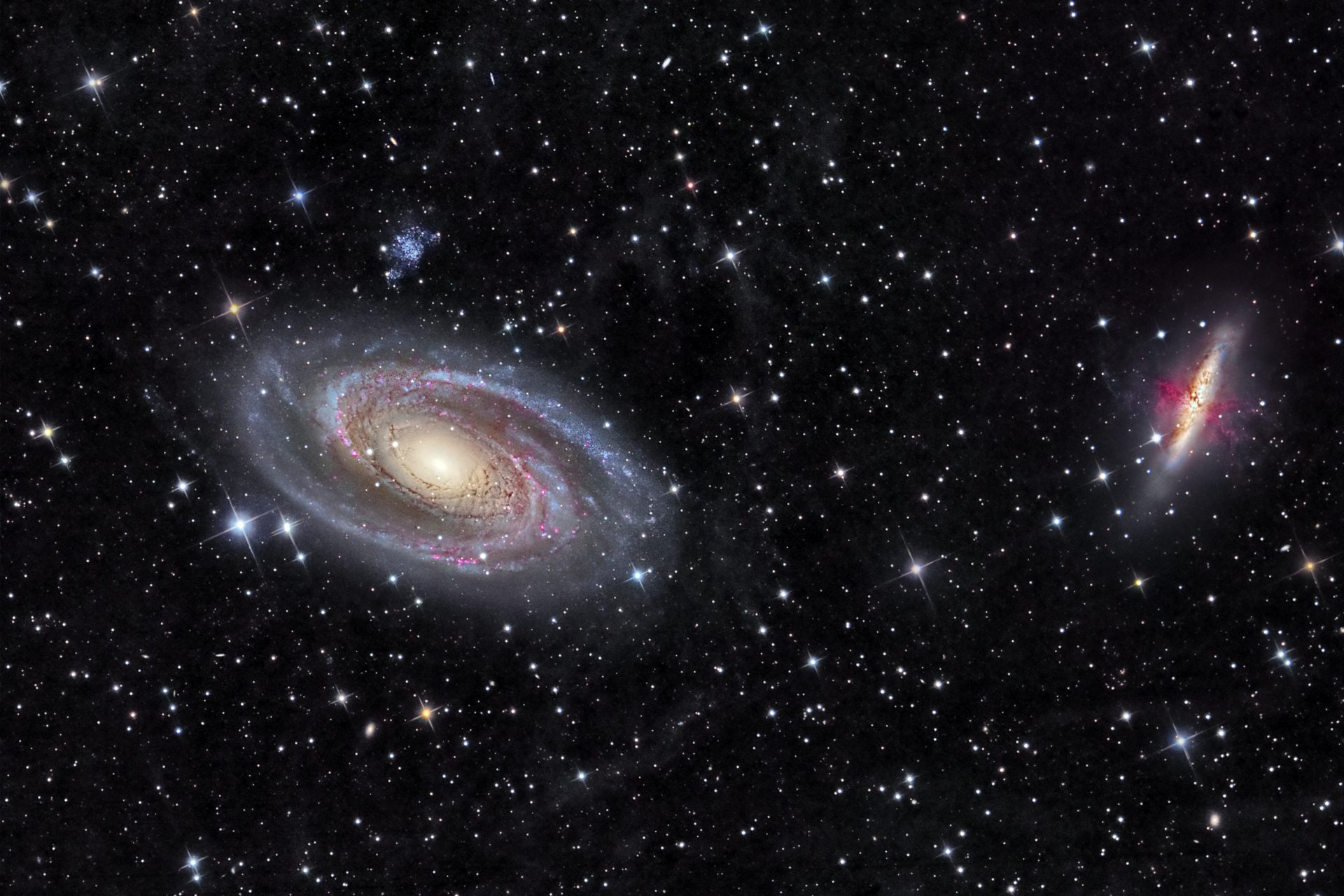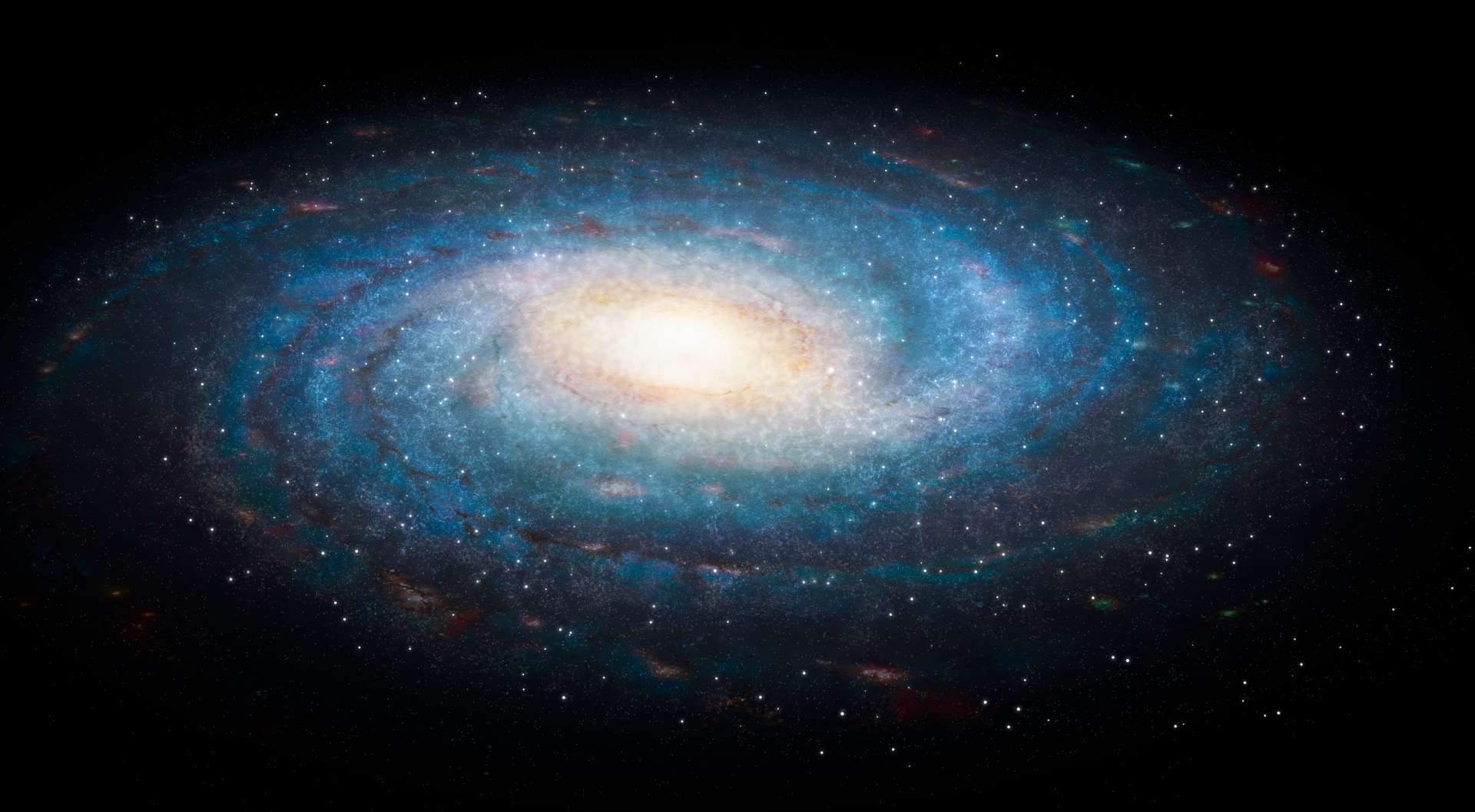Researchers discovered something amazing in the night sky
Scientists peering into the depths of our universe have discovered a stunningly beautiful new galaxy and snapped a perfect high-resolution picture of the incredible star system.
Galaxy LEDA 1313424 is a lot bigger than the Milky Way but the star system's size isn’t what has been making news headlines. The galaxy’s appearance is its defining feature.
Photo Credit: NASA, ESA, Imad Pasha (Yale), Pieter van Dokkum (Yale)
LEDA 1313424 features nine star-filled rings, six more than any other galaxy according to the European Space Agency. It was nicknamed the Bullseye by the team that discovered it due to the nature of how LEDA 1313424’s rings were created—which is a secret we’ll get to shortly.
Photo Credit: NASA, ESA, Ralf Crawford (STScI)
A NASA article on LEDA 1313424 reported that previous observations of other galaxies have only shown that they harbor a total of two to three rings, making the discovery quite significant.
Researchers revealed the existence of LEDA 1313424 and its nine rings in a research paper published on February 4th, 2025, in The Astrophysical Journal Letters.
Photo Credit: NASA, ESA, Imad Pasha (Yale), Pieter van Dokkum (Yale)
“This was a serendipitous discovery,” explained Imad Pasha, the lead researcher in the discovery of LEDA 1313424 and a doctoral student at Yale University.
“I was looking at a ground-based imaging survey and when I saw a galaxy with several clear rings, I was immediately drawn to it. I had to stop to investigate it.” Pasha added.
The Hubble Space Telescope confirmed eight of the Bullseye’s rings while data gathered by the M. Keck Observatory in Hawaii confirmed the extraordinary star system’s ninth ring.
Even more interesting than the number of rings surrounding LEDA 1313424 is the fact that the star system’s rings were created after another galaxy shot through the star system.
Photo Credit: NASA, ESA, Ralf Crawford (STScI)
In the image of LEDA 1313424 released by NASA, the tiny blue dwarf galaxy just to the left of the Bullseye was cited as the culprit that created the unique nine-ringed star system.
Photo Credit: NASA, ESA, Imad Pasha (Yale), Pieter van Dokkum (Yale) / Edited by The Daily Digest
“This relatively tiny interloper traveled like a dart through the core of the Bullseye about 50 million years ago," explained the European Space Agency in an article released about the image.
Photo Credit: NASA, ESA, Imad Pasha (Yale), Pieter van Dokkum (Yale)
The much smaller blue dwarf galaxy’s trip through the center of LEDA 1313424 created rings in its wake that the European Space Agency likened to “ripples in a pond.”
“A thin trail of gas now links the pair,” the European Space Agency continued, though it added that the two galaxies “are currently separated by 130,000 light-years”.
Photo Credit: NASA, ESA, Imad Pasha (Yale), Pieter van Dokkum (Yale)
“We’re catching the Bullseye at a very special moment in time,” explained Pieter G. Van Dokkum, a co-author of the new study and a professor at Yale University, NASA noted.
Van Dokkum went on to explain that there was only a small window of time when such an impact and the rings it created would be visible.
NASA noted that the Bullseye is almost two-and-a-half times larger than the Milky Way at 250,000 light-years across. The Milky Way is only 100,000 light-years in diameter.
More for you
Top Stories



